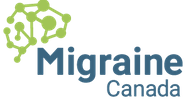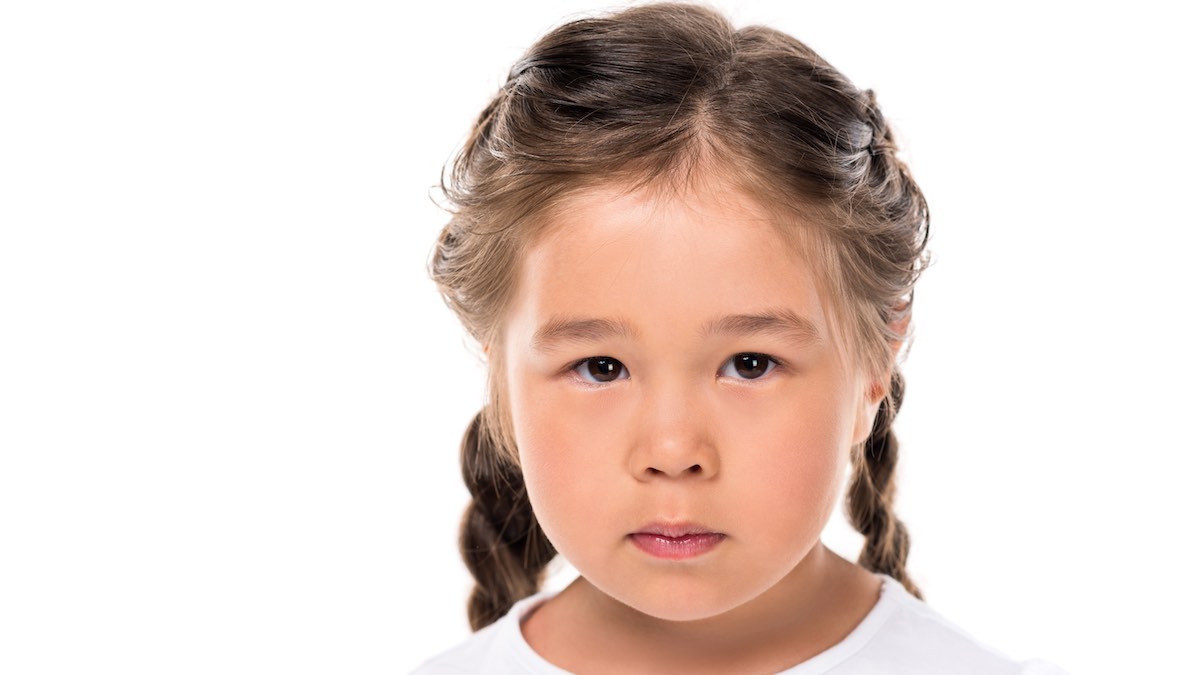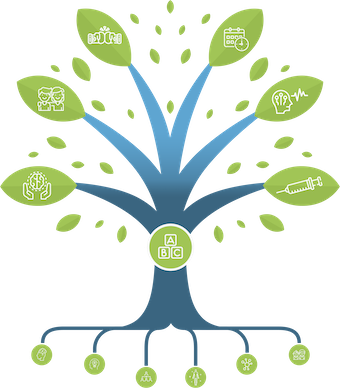Alternating hemiplegia of childhood
What is alternating hemiplegia of childhood?
Alternating hemiplegia of childhood (AHC) is a rare condition with repeated bouts of weakness or paralysis that may affect one side of the body or the other or both sides of the body at once lasting for minutes to hours. Children with this condition also has headaches, abnormal “jerking” eye movements, muscle stiffening or posturing, delay in development, mental impairment and changes in level of awareness which worsen over time. Majority of those affected showed a genetic problem involving ATP1A3 gene. Family history of migraine is common.
How do you diagnose alternating hemiplegia of childhood?
Children with AHC has repeated bouts of weakness or paralysis of one side of the body alternating between 2 sides. First symptoms usually begin before the age of 18 months. These children may also present with any of the following including convulsions, muscle stiffening or posturing, abnormal movements of eyes or symptoms of autonomic dysfunction (i.e., changes in heart rate, blood pressure, body temperature, sweating or skin color).
What are the available treatments for AHC?
There are medications for early facilitation of sleep which you can discuss with your doctor including buccal midazolam, rectal diazepam and melatonin. If the attacks are occurring more frequently, you can discuss with your doctor regarding options for treatment including Flunarizine and Topiramate.
Will my child suffer from this condition forever?
Unfortunately, studies show that the long-term outcome of children with this syndrome is poor due to developmental delay, seizures and progressive deterioration after severe attacks.
References:
- Gelfand A. Episodic syndromes of childhood associated with migraine. Current Opinion Neurology.2018;31:281-285.
Lagman-Bartolome AM, Lay C. Pediatric Migraine Variants: A review of epidemiology, diagnosis, treatment and outcome. Current Neurology and Neuroscience.2015;12:1-14
Post#607
Categories
THE MIGRAINE TREE
- BRANCHES
- ACUTE TREATMENTS
- DEVICES AND NEUROMULATIOIN
- PREVENTIVE TREATMENTS
- PROCEDURES AND INJECTIONS
- SELF-CARE AND LIFESTYLE
- SOCIAL LIFE
- TRUNK
- ROOTS
OTHER CATEGORIES




